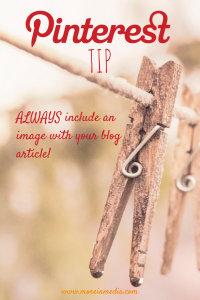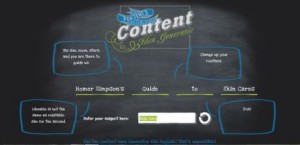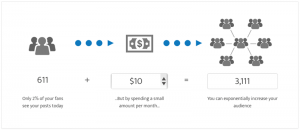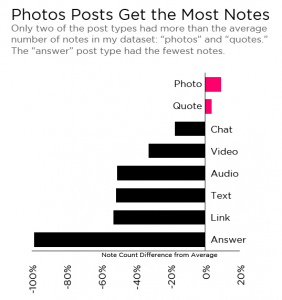When publishers think about email newsletter monetization, the first things that come to mind are usually list rentals, sponsorships, and display ads. While these typical pre-click monetization tactics work well, they often have inherent risks such as subscriber disengagement, list attrition and deliverability issues.
What if there was a more elegant way to monetize email? While most publishers focus on the real estate inside an email for monetization opportunities, they often overlook the most valuable parcels containing complete subscriber attention: the post-click.
Every experienced publisher knows that the actual value of email is not in the opens, but in the clicks. The open statistic is just a prelude to the end goal of focusing a subscriber’s attention to valuable content and revenue-producing advertising. Knowing this, nothing is more attention-grabbing than the anticipation of what’s on the other side of a click. A quick shot of dopamine commits the subscriber to focus intently on what will happen next. This prime email real estate, the process of going from email to website, the post-click, is what gets squandered the most when publishers monetize email.
Thankfully, there are now targeting methods allowing publishers to monetize this neglected post-click real estate efficiently, without sacrificing list attrition or subscriber engagement. One recent study concluded that most pre-click tactics provide a 2 to 7 times increase in subscriber attrition or disengagement, while post-click tactics have no effect.
Ironically, many of these post-click methods are the same as pre-click (inside the email) but are repurposed for the post-click opportunity. The most prevalent example is leveraging an email address’s MD5# or encrypted version. Aside from email marketing, the email address is now serving a multitude of purposes such as creating custom audiences on social networks and providing new revenue opportunities for publishers. Many ad networks now allow publishers to submit an email address’s MD5# (instead of a cookie) to return a dynamically created personalized ad. Meaning, everything that you once did inside your email, you can now do outside your email, including video targeting.
Measuring the value of these new email monetization tactics is relatively easy. Basic CPM, CPC, and click-through rates will suffice. Most important, there are no opportunity costs, since most publishers fail to take advantage of email post-click opportunities to begin with.
Measuring the risk associated with these tactics is different. Raw email statistics such as opens, clicks and opt-outs are important, but applying a new combination of ratios can reveal a more telling story. The first new statistic publishers need to be mindful of is the open to click-through rate: that is, the total or unique clicks divided by the total or unique opens (clicks/total opens). If subscribers are conditioned to know they will see an interstitial or targeted ad unit, and are vehemently opposed to the practice, they won’t click an email link. If this happens this statistic will fall precipitously, resulting in lower email engagement.
The second statistic is the click to opt-out rate, calculated by dividing the number of opt-outs by the total or unique clicks. If this statistic rises after implementing a post-click monetization program, the increase signifies greater than normal list attrition. To get a better understanding of your program’s risk, it is best to compare these statistics to both before and after its implementation.
Despite some initial reservations by publishers, almost all realized that post-click email monetization programs provide new revenue opportunities with minimal risk.
(336)






